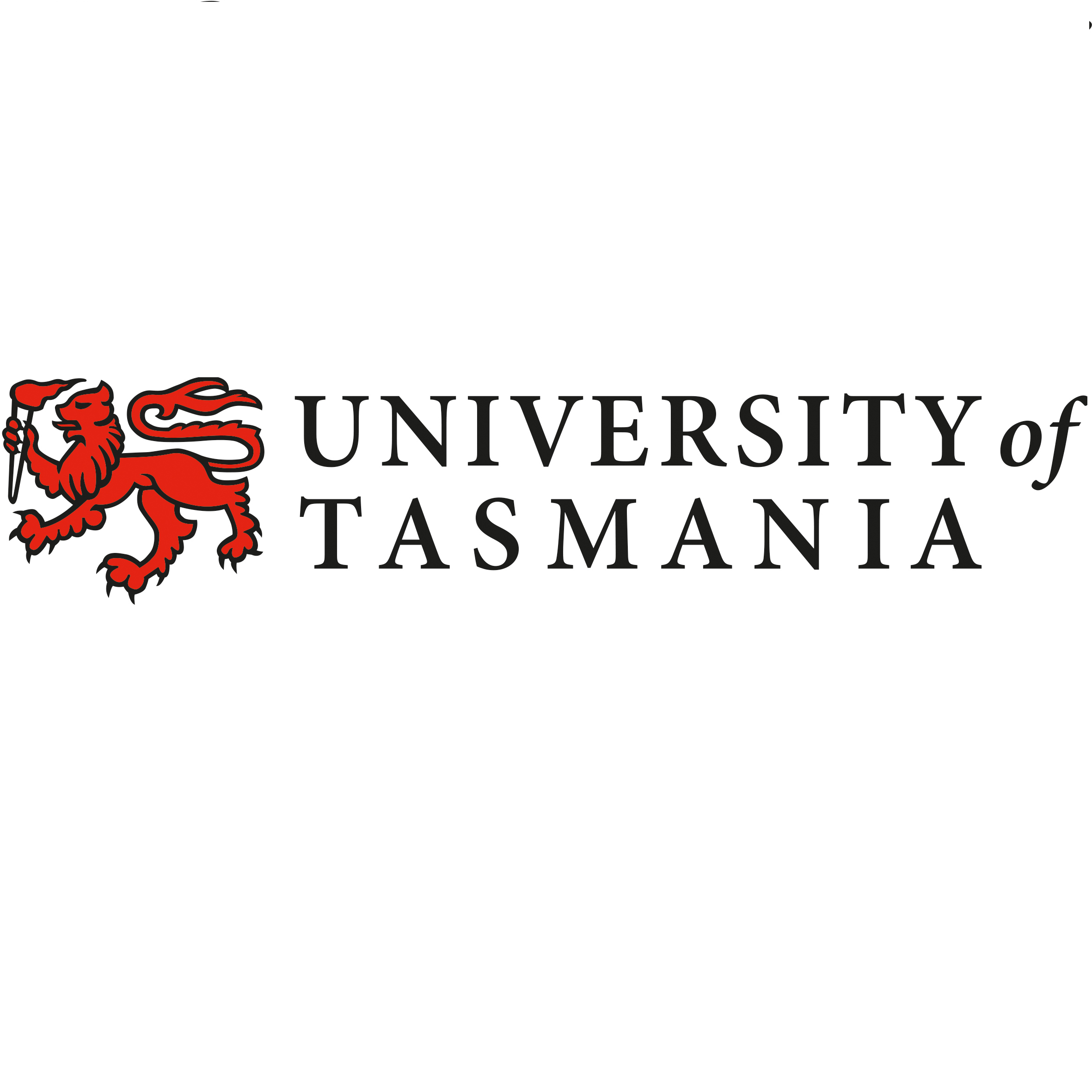Brief description
This spatial polygon dataset is derived from the 2001 mapping of mud crab (Scylla serrata) habitats along the NT and Queensland coastal wetlands. The polygons were derived from Landsat imagery and verified with field work and is suitable for use at scale 1:100,000. The information can be used in many ways to assist the management of these habitats. It provides a suitable baseline dataset for monitoring broad scale changes in area and composition of coastal wetland communities. Additionally, it provides information required by managers for choosing representative habitats for protection.Lineage
Maintenance and Update Frequency: notPlannedNotes
CreditData supplied by Department of Environment and Natural Resources. © Copyright Northern Territory of Australia
Data time period: 1996-06-30 to 1996-12-30
text: westlimit=129.00; southlimit=-17.00; eastlimit=138.00; northlimit=-11.00
User Contributed Tags
Login to tag this record with meaningful keywords to make it easier to discover
global : 4739e4b0-4dba-4ec5-b658-02c09f27ab9a
- global : 39fbb324-b184-4ac5-8d3e-9a2994bbecb9


